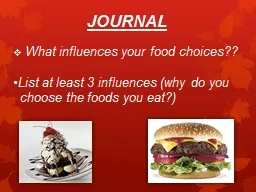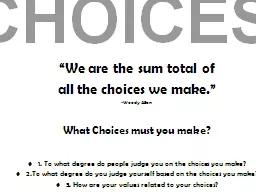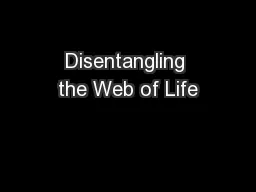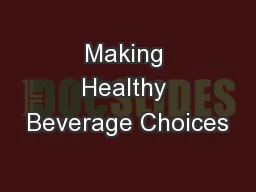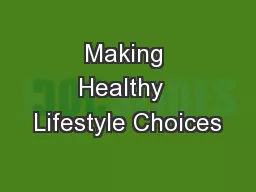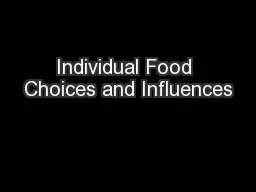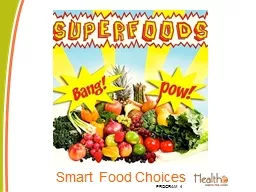PPT-JOURNAL What influences your food choices??
Author : alexa-scheidler | Published Date : 2018-12-09
List at least 3 influences why do you choose the foods you eat Nutrition The process in which the body takes in and uses food Q How can good nutrition
Presentation Embed Code
Download Presentation
Download Presentation The PPT/PDF document "JOURNAL What influences your food choi..." is the property of its rightful owner. Permission is granted to download and print the materials on this website for personal, non-commercial use only, and to display it on your personal computer provided you do not modify the materials and that you retain all copyright notices contained in the materials. By downloading content from our website, you accept the terms of this agreement.
JOURNAL What influences your food choices??: Transcript
Download Rules Of Document
"JOURNAL What influences your food choices??"The content belongs to its owner. You may download and print it for personal use, without modification, and keep all copyright notices. By downloading, you agree to these terms.
Related Documents

